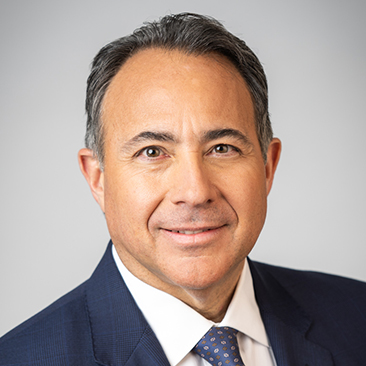The global impact of the novel coronavirus (COVID-19) is creating significant challenges for businesses worldwide. Risk oversight by the board of directors has never been more critical during these unprecedented times. Below are key considerations for boards as they navigate complex issues arising from the pandemic.
1. Prioritize Stakeholder Health and Safety. Partner with management to communicate a tone at the top prioritizing the health and safety of all stakeholders, including employees, customers, business partners and the public, and their families.
2. Oversee Risk Management Efforts. Oversight of risk management is the board’s responsibility. Work closely with management to understand critical risks facing the company stemming from COVID-19, as well as management’s efforts to address and mitigate these risks. Determine whether certain board committees (e.g., risk/audit committees) should have a heightened role overseeing management risk strategies.
3. Reassess Business Plans Through a New Lens. Reassess short- and long-term business plans in light of the current circumstances. This includes a review of any M&A activity in the pipeline, levels of liquidity, indebtedness, capital allocation, availability of revolvers, key contractual obligations that may be impacted, and dividend and buyback policies. Ensure that business continuity and contingency plans are in place to avoid risks of disruption, including related to workforce and supply chain disruptions. The adequacy of these plans should be evaluated continually as circumstances change.
4. Evaluate Strategic Opportunities and Threats. Work with management to evaluate strategic opportunities in light of the current circumstances, including through acquisitions. Expect certain provisions of transactional agreements to be increasingly negotiated, specifically material adverse change and force majeure provisions, to include references to COVID-19. As companies head into proxy season, continue to also monitor shareholder activity and keep a watchful eye on potential activism.
5. Maintain Information Flow. Evaluate critically the effectiveness of the current reporting system to elevate information about relevant risks from management to the board. Ensure effective protocols are in place to keep boards apprised of critical compliance and operational risks in a timely manner.
6. Consult with External Advisors. Look inward to determine whether the board and/or management could benefit from the expertise of outside advisors. Ensure there is a cross-functional team, which may include outside industry-specific experts and legal advisors, to monitor and respond to the evolving situation.
7. Develop a Focused Communications Strategy. A thoughtful communication strategy can help maintain trust among stakeholders. Work with management to ensure that there is transparent and consistent messaging, including in upcoming proxy statements addressing the board’s role in risk oversight.
8. Liaise with Governmental Authorities. Oversee company efforts to communicate with relevant governmental authorities, staying ahead of emerging regulatory and legislative developments. Understand any potential delays in receipt of governmental approvals needed to consummate transactions or to otherwise operate the business.
9. Review Compensation Plans. Work with the compensation committee and outside compensation consultants to evaluate whether compensation plans need to be updated. This includes reviewing incentive plans to align employee behavior with desired outcomes, and to consider whether any adjustments are needed to financial performance goals in light of the current environment.
10. Call for “All Hands on Deck”. Boards will be called upon to provide strategic guidance and support management in a constantly changing environment. Be available to devote a significant amount of time, and maintain flexibility with board schedules, to address issues as they arise.
Weil will continue to keep you apprised of relevant developments. Please reach out to me or any of Weil’s global team members to address and mitigate evolving risks posed during these uncertain times.
For your convenience, a PDF version is available here.







